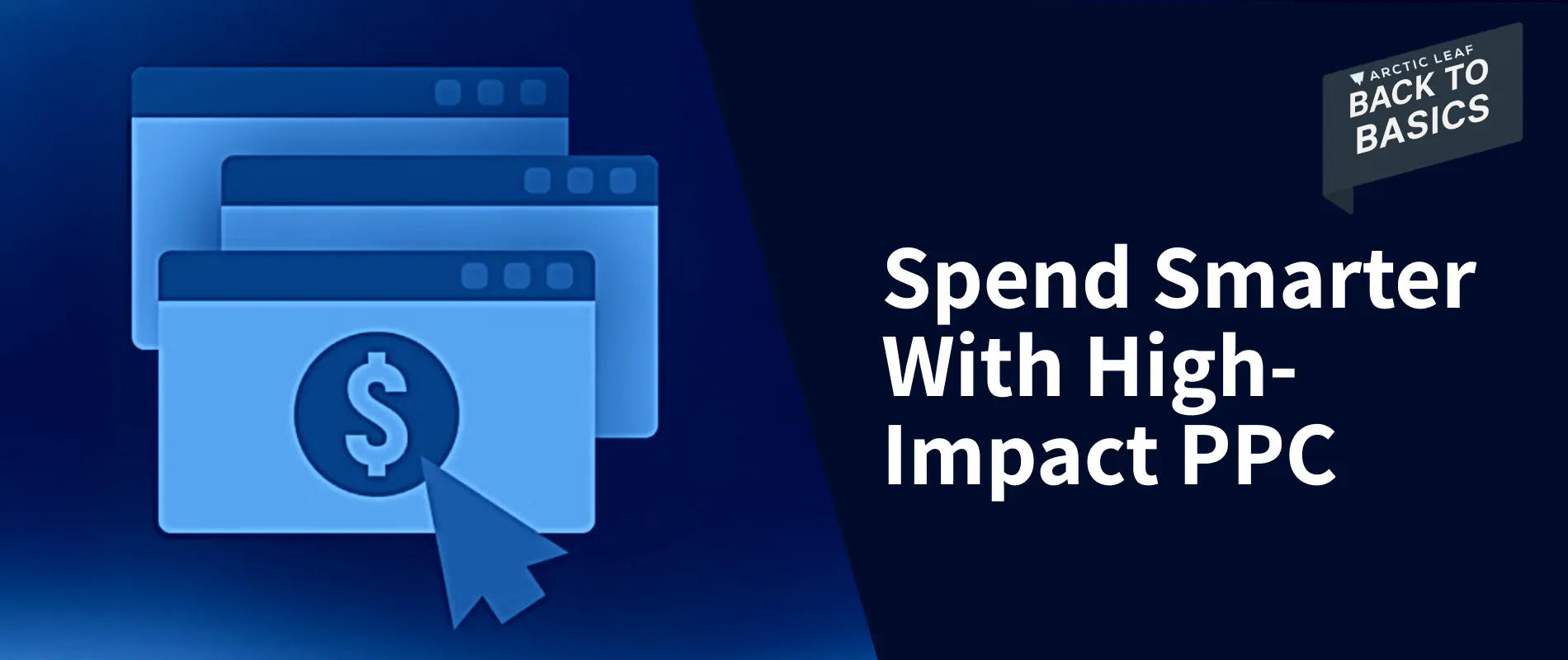PPC Advertising 101: How to Run a Profitable Pay-Per-Click Campaign
Key Takeaways:
-
Define clear goals, choose the right bidding strategy, and track performance.
-
Conduct thorough keyword research to maximize ad relevance and reach.
-
Create targeted ad groups to improve relevance and ad performance.
-
Craft compelling ad copy and optimize landing pages for better conversions.
-
Regularly test ad variations and adjust bids to maximize ROI.
In the fast-paced digital marketplace, businesses are constantly looking for ways to attract customers and increase sales. PPC advertising offers a direct and measurable way to drive traffic, but success requires more than just launching ads—it takes strategy, optimization, and a solid understanding of key metrics. This guide covers everything you need to run a profitable pay-per-click advertising campaign, from structuring well-crafted ads to optimizing for lower costs and higher conversions.
What is PPC Advertising? Definition & Benefits
PPC advertising is a model where advertisers pay a fee each time their ad is clicked, directing traffic to their website. In 2025, global spending on search advertising is projected to reach $351.5 billion, highlighting its importance as a major digital marketing strategy. Businesses invest in PPC for several reasons:
-
Immediate Visibility: PPC ads appear at the top of search results, putting brands in front of potential customers right away.
-
Targeted Reach: Advertisers can refine their audience based on demographics, location, and interests.
-
Measurable ROI: Clear performance metrics help businesses track ad spend and optimize for better returns.
When managed well, PPC can be a powerful tool for growth and profitability.
Different Types of PPC Ads
PPC advertising encompasses various ad formats, each serving distinct purposes:
-
Search Ads: Text-based ads displayed on search engine results pages when users query specific keywords.
-
Display Ads: Visual banners or images shown on websites within the Google Display Network, aiming to capture user attention.
-
Social PPC: Promoted posts or ads on social media platforms like Facebook, Instagram, and LinkedIn, targeting users based on their behavior and preferences.
Each format offers unique opportunities to reach and engage with potential customers, helping businesses tailor their PPC strategy to their goals.
How to Structure a High-Performing PPC Campaign
Running a successful PPC campaign involves several important steps to make sure your ads reach the right audience and deliver results:
-
Define Clear Objectives: Determine what you aim to achieve, such as increasing website traffic or boosting sales.
-
Conduct Thorough Keyword Research: Identify keywords that align with your products or services and have a high search volume.
-
Organize Ad Groups: Group related keywords together to create targeted ads, improving relevance and Quality Score.
-
Write Engaging Ad Copy: Develop concise, persuasive ads that highlight unique selling points and include strong calls to action.
-
Optimize Landing Pages: Make landing pages relevant, user-friendly, and aligned with ad messaging to improve conversion rates.
By following these steps, you can set your PPC campaign up for success, making your ads more relevant, targeted, and optimized for maximum results.
Understanding ROAS & Cost-Per-Click (CPC) Advertising
Two fundamental metrics in PPC advertising are Cost-Per-Click (CPC) and Return on Ad Spend (ROAS). Understanding these metrics helps you assess how well your campaign is performing and how to optimize your budget for better results.
CPC Advertising
CPC (Cost-Per-Click) means you pay each time someone clicks on your ad. Managing CPC involves choosing the right bidding strategy and consistently refining your keyword selection to make sure you’re getting the most value for your spend.
ROAS Formula
ROAS (Return on Ad Spend) measures how much revenue your ads generate for every dollar you spend. It’s calculated using this formula:
ROAS = Revenue from Ads / Cost of Ads
For example, if you spend $1,000 on ads and generate $4,000 in revenue, your ROAS would be 4:1. This means you earned $4 for every $1 you spent on ads.
PPC Optimization Tips for Lowering Costs & Increasing Conversions
To maximize the efficiency of your PPC campaigns, consider the following strategies:
-
Utilize Negative Keywords: Exclude irrelevant search terms to prevent wasting ad spend.
-
A/B Test Ad Variations: Regularly test different ad copies and landing pages to find the best-performing combinations.
-
Employ Ad Extensions: Use features like site link extensions to provide additional information and increase ad visibility.
-
Monitor and Adjust Bids: Regularly review bid strategies and adjust them based on performance data to optimize spending.
-
Leverage Remarketing: Target users who have previously interacted with your site to encourage conversions.
-
Use Google Campaign Manager: Track performance, optimize bids, and manage multiple campaigns in one place for better control and efficiency.
In 2025, businesses are projected to earn $2 for every $1 spent on PPC, resulting in a 200% return on investment. Implementing these optimization techniques can help you achieve similar, if not better, results.
Conclusion
Mastering PPC advertising requires a strategic approach, continuous monitoring, and a willingness to adapt. By understanding the fundamentals and implementing best practices, you can run profitable pay-per-click campaigns that deliver measurable results.
Partnering with a seasoned PPC marketing agency can further amplify your efforts, providing expertise and insights tailored to your business needs. At Arctic Leaf, our PPC team specializes in crafting customized PPC digital marketing strategies that align with your goals, ensuring optimal performance and ROI.






